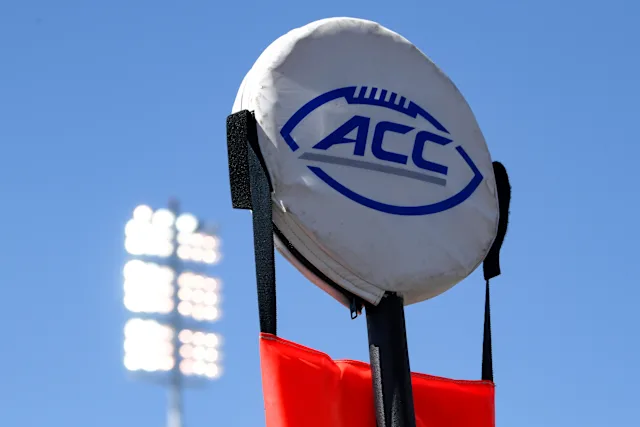SYRACUSE, N.Y. – The Atlantic Coast Conference’s newly adopted revenue-sharing model is poised to reshape incentives and financial stakes for members, especially for Syracuse, where brand awareness, media exposure, and viewer engagement impact budgets.
In March 2025, the ACC settled its legal disputes with Clemson and Florida State and approved a new revenue distribution plan. Under the new model, 40 percent of ACC television revenue will be shared equally across member schools, while the remaining 60 percent will be allocated based on a five-year rolling average of TV viewership. Football will account for 75 percent of that viewership-based pool, with men’s basketball receiving the remaining 25 percent.
In 2023-24, the ACC distributed $45 million per school under its older model.
That set the baseline, but the new system introduces meaningful upside (or downside for some teams) depending on media metrics.

Former Syracuse athletics communications head Sue Edson emphasized the core shift now underway.
“The primary thing is each school trying to get as many viewers as possible. … now there’s a direct financial benefit for the schools to have more viewers.”
With the financial rewards tied to exposure, she noted, campaigns reminding fans that “every click counts” are more than morale boosters; they’re revenue drivers.
“Syracuse is high in the ratings. … the number of times Syracuse is on national TV shows that … I don’t think there’s a challenge with ratings.”
Edson said she is confident that the Orange can compete in the new model.
“I think that’s why Syracuse was an attractive school to go to the ACC … Syracuse gets the TV ratings. … there’s an added focus on it now with the revenue share.”
Syracuse now faces the task of aligning scheduling, promotion, and media strategy to optimize its share of the viewership-based pool. Prioritizing nationally-televised matchups, marquee opponents, primetime slots, and creating a product on the field that people want to watch.
But success is not guaranteed, and the risks are real. Lower-performing schools under the new model could see significant revenue slippage.
SEC Commissioner Greg Sankey said that he would shift his strategy if he worked for the ACC.
“Instead of the ACC and Big 12 vying for the top spot, I think if I was them I would focus on securing the number three spot.”
He also urged schools with strong viewership to prove their worth in a changing landscape.
“If Syracuse can get their viewership to the top of the ACC, this could prove their worth to the conference and the rest of college football.”
In a ratings era, value is no longer just about championships, it’s about captivated audiences.
Syracuse enters this era in a relatively favorable position. It already commands a national profile and broadcasts that reach beyond Upstate New York. But in the new ACC, that advantage must be continuously earned and defended. Especially when Syracuse basketball is performing well below expectations, and football seems to be slipping quickly.
If Syracuse can maintain or grow its media presence, it could reap a disproportionately large share of the ratings-based pool. Conversely, failure to adapt, or a drop in viewership, could erode revenue at a time when every dollar carries more weight.
In the ACC’s future, remote controls may prove as crucial as any scoreline.
